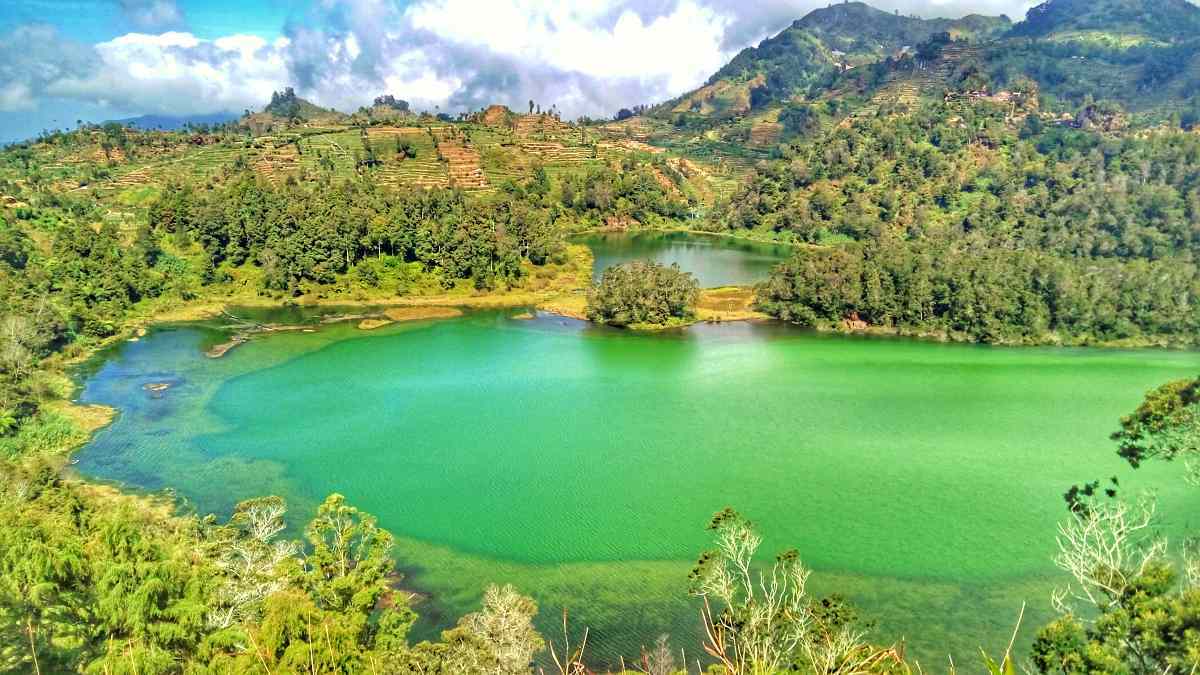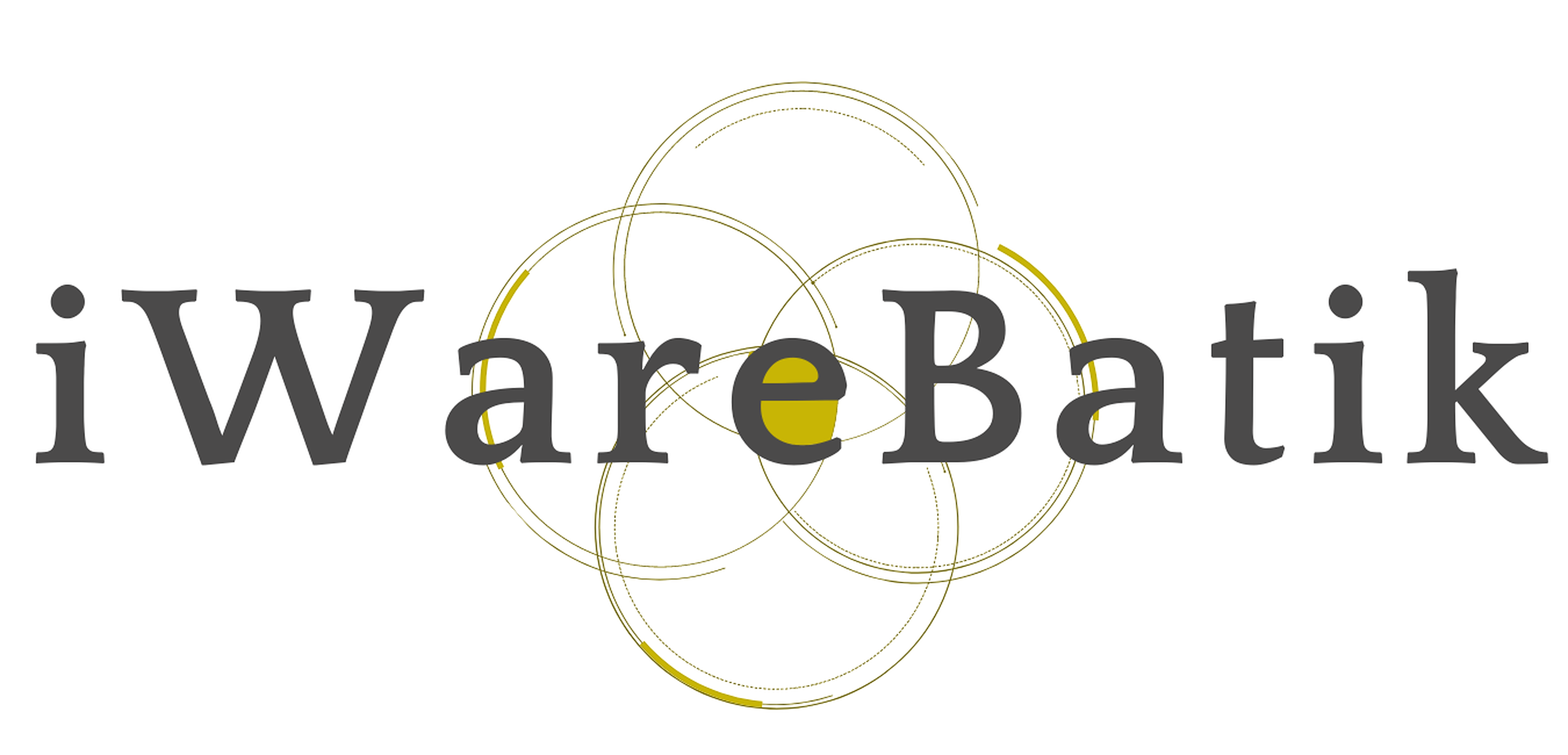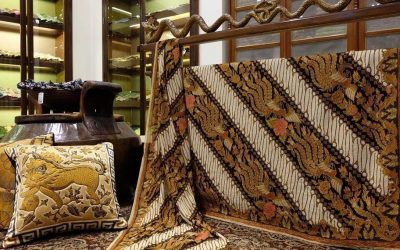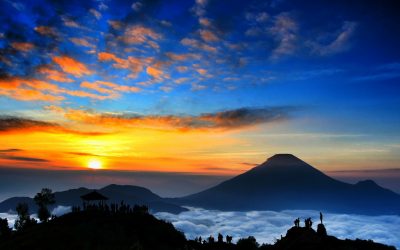Home / Batik Regions – Western Indonesia – Java Island – Central Java / Telaga Warna Lake in Dieng
Natural Destination
Feel the tropical nature!
Telaga Warna Lake in Dieng

Telaga Warna or Colour Lake (photo: Tyo Koconegoro)
Telaga Warna in Dieng
Telaga Warna or Coloured Lake is a unique lake whose colours change frequently and naturally. It has a high sulphur level that causes the colour of its waters to change into green, yellow, or sometimes even rainbow-coloured according to the temperature of the water and the angle of the sunshine hitting the water. Telaga Warna is located at an altitude of 2,000 meters above sea level, and is surrounded by high hills that frame and showcase its natural charms. The best time to visit the Telaga Warna lake is in the morning, when the air is clear, because fogs will rise from the lake as the day wears on, obscuring the beauty.
Tourist Attractions in Central Java
Danar Hadi Batik Museum
Do you want to travel the time through Batik? One of the must visit destination in Central Java is
Golden Sunrise in Dieng Plateau
Dieng Plateau mountain complex is a magic place to experience two different kinds of sunrise, which are
Borobudur Temple UNESCO WHS
Borobudur Temple is the biggest Buddhist temple in the world and is inscribed as UNESCO
Central Java Batik Motifs
Parang Seling
Parang Seling or “alternating daggers” is a royal batik motif. It is a feminine variant of
Sido Mulyo
Sidomulyo is one of the classical motifs, which is specifically used for the bride’s costume in
Gurdo Solo
Gurdo or garuda bird is the mount of the Indian god Vishnu. As the Sun Bird,
Discover
Indonesian
Batik
Motifs
Besurek Rafflesia
The term “Basurek” refers to a textile that contains letters or inscriptions
Kuda Kupang
Horses symbolize wealth. It contains noble values of virtuous characters that bring
Sekar Jati
Sekar means flower and Jati refers to teak trees that symbolizes a strong mental character that
Raja Ampat
Raja Ampat motif represents the marine life at Raja Ampat archipelago in
Tengkawang Ampiek
With its many advantages, the Dayaks use this leaf in ritual ceremonies. This plant is a symbol of
Ake Patra
Ake is related to the divinity and the composition of the universe. It is a symbol of
Wakatobi
It symbolizes the coastal beauty of the Wakatobi island and the symbol of Patra symbolizes
Manguni Minahasa
Manguni is identified as the symbol of the Minahasa people. Manguni is known as a
Pinawetengan
The Pinawetengan Batik pattern was taken from a prehistoric inscription in
Prada Papua
The word “Prada” in the Javanese-Indonesian dialect means a batik textile that
Sido Mulyo
Sidomulyo is one of the classical motifs, which is specifically used for the bride’s costume in
Parang Rusak
Another meaning behind this motif is an unconquerable spirit, symbolized by
Daun Lada Hitam
The black pepper motif represents the main commodity of Bangka Belitung
Gumin Tambun
Based on Hindu mythology, this motif symbolizes lucks, abundant wealth, and
Mahkota Siger
Siger is the crown of a noblewoman in ancient time. It is a symbol of femininity, strength, and
Enggang Dayak
Local people beliefs that hornbills are an incarnation of the Commander of the Birds. It has supernatural
Daun Simpor
This motif is inspired by the Simpor plant (Dillenia Suffruticosa) which is a typical
Salakanagara
Salakanagara batik motif illustrates the first kingdom in the Betawi land
Desa Na Tolu
The Desa Na Tolu characteristic pattern symbolizes the Batak philosophy of existence and
Pattimura
Pattimura is the name of an Indonesian hero who fought against colonialism in
Merak Ngeram
The hatching peacock motif has a very deep meaning which refers to the sacrifice and
Malinau Cultural Festival
You will witness a unique competition that might not be found other than in
Gajah Way Kambas
The motif illustrates the Lampung’s natural reserve, the Way Kambas. it also symbolizes
Daun Sirih
This motif illustrates betel leaves that are used by Lombok communities as traditional
Hiu Taliyasan
Indonesia is also home to the world’s largest fish, the whale shark (Rhincodon typus). Hiu Taliyasan refers to
Kaharingan
The Kaharingan or ‘tree of life’ based on the Dayak tribes’ belief system. This tree symbolizes
Lontara
The Lontara script itself is a typical ancient script of Bugis and Makassar communities. History records that
Tangerang Herang
Tangerang Herang motif is a symbol of Tangerang city. The Tangerang Herang batik motif consists of
Bale Lumbu
This motif signifies the welfare of the ancient Sasak society. Bale also symbolizes the
Kaganga Tanah Rejang
If Batik Besurek combines Arabic calligraphy motifs, then the Kaganga batik takes
Tubo Kelapa
Coconut tree is a symbol of a good character and strong mentality. It illustrates the more success a person, the more
Rangkiang
The word “Rangkiang” refers to the rice granary in the Minangkabau language. It symbolizes
Gamolan
This motif illustrates Gamolan, a bamboo musical instrument of Lampung that is
Kain Cual
Cual textile tradition has existed since the 17th century. The word “Cual” refers to
Lipaq Sabe
Lipaq Saqbe contains a simple geometric classical motif with various flower decorations. This textile is
Keluak Daun Pakis
The word “Keluak” is a Minang language which means twisted or tangled. The Motif of
Gigi Haruan Lidi
The Gigi Haruan Lidi motif is taken from the name of the cork fish and is a symbol of
Awan Berarak
Awan Berarak is a combination of Dayak motifs and Malay patterns. The word ‘Awan Berarak’ means the
Taiganja
Taiganja is a precious gold pendant that shows the social status of the Kaili family. It is
Kasih Tak Sampai
‘Kasih Tak Sampai’ is an idiom in the Indonesian language which refers to
Tabir Tanjung
Tanjung flower is a type of Cherry tree flower, which is commonly found in
Gedhog Kembang Waluh
a combination of Javanese cultural motif of the Majapahit kingdom (XII-XIV century) with
Ukir Sentani
The Ukir motif is a batik motif that is inspired by various traditional Sentani wood carvings
Singayaksa
The Singayaksa motif comes from the name of a place where Sultan Hasanuddin used to
Leuit Sijimat
This motif reflects the daily activities of the Baduy tribe in Banten. The main ornaments of batik motif consist of:
Gentala Arasy
Built as high as 80 meters, the tower also highlights the historical side of
Tenun Bima
The motifs are adopted from Bima woven textile. This pattern has received a great
Tikar Natuna
The Tikar Natuna motif is adapted from the traditional making of pandanus mats in
Besurek Rembulan
This batik illustrates praise for God who created the wonderful universe
Jumputan Bintang
The word Jumputan means the tie-dye technique, while the word “Bintang” refers to
Pucuk Rebung Riau
Pucuk Rebung symbolizes heart determination in achieving goals, good luck, and
Cengkeh
The clove flower motif is the main commodity of the Tolitoli Regency. This motif represents
Kerawang Tegak Aceh
The Vertical Upright (Kerawang Tegak) Motif symbolizes a person who has a strong
Pohon Hayat (Tree of Life)
The Batik motifs in Lampung are dominated by the acculturation of Buddhist and
Tanah Liek
The word “Tanah Liek” refers to clay in Minang language. It is also known as
Tampuk Manggis Sasirangan
The motif illustrates the philosophy of the mangosteen fruit, which is
Dayak Kamang
Kamang motif is generally found in the Dayak tribe shield because it is believed to
Gonggong Beruntun
This motif illustrates that a person should maintain a positive attitude and
Bultiya
The word ‘Bultiya’ is an acronym of the three major tribes in North Kalimantan, namely
Tifa Totobuang
The batik motifs illustrate Maluku’s traditional music instrument called
Burung Bidadari
Bidadari birds are endemic birds in Halmahera. This motif represents an
Wirasat
Wirasat or divine inspiration is a gift from God. This inspiration is symbolized by
Insang Ikan
Insang refers to the gills of the fish. This is a typical pattern of Malay ethnic who inhabits
Srimanganti
The name of the Srimanganti motif is derived from Palace’s hallway that connects to
Bintik Tujuh
The Bintik Tujuh (Seven Dots) motif has 7 white spots and green color gradation as
Paqbarre Allo
The word “Barre” means round and “Allo” means the sunlight. This motif is interpreted as
Ikan tambal
The word “Ikan” refers to fish. The philosophical meaning of Ikan Tambal means is
Parang Seling
Parang Seling or “alternating daggers” is a royal batik motif. It is a feminine variant of
Teguh Bersatu
This batik motif shows the strength of the people of Kupang. It also represents a sense of
Bekantan Pakis
This motif represents Pakis Haji (Polystichum setiferum), an endemic plant in
Sekomandi
Its philosophical meaning is the eternal union which refers to a saying “until death do us part”
Dayak Taghol
Dayak Taghol has a distinctive style of four curved lines and small dots. This motif represents
Karawo Mahkuta
Mahkuta refers to Gorontalo’s traditional crown. It represents noble characters of
Gonggong Siput
Gonggong (Strombus Turturella) is one type of sea snail found around



